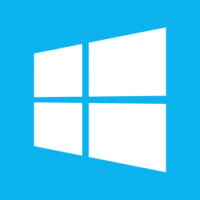
I love my old MacBook Pro. It does everything I want for a portable coding, writing and occasional editing device. I’ve had it since 2011 and it’s still going strong.
Apple however doesn’t want to suport it anymore. I’m stuck with macOS High Sierra, without an option to upgrade without shadowy patches. Even if I could keep up with Mojave and beyond, the hardware might just not be fast enough anymore to give me an enjoyable experience.
So I thought, perhaps I’ll put in a new hard drive that I had in another old laptop and install Windows 10 on it. Apple’s recommended way is to do all this from macOS, using their own Bootcamp setup. However, being the hacker that I am, I thought perhaps I’ll try the “Windows Only” experience.
I did this in two live streams the other night, and continued the process over the following days – and now I’ve got a (more or less working) Windows 10 installation on my MacBook Pro (early 2011 Edition). I thought I’d take some notes on how I did this step by step, and give you my opinions if this was an adventure worth undertaking.



